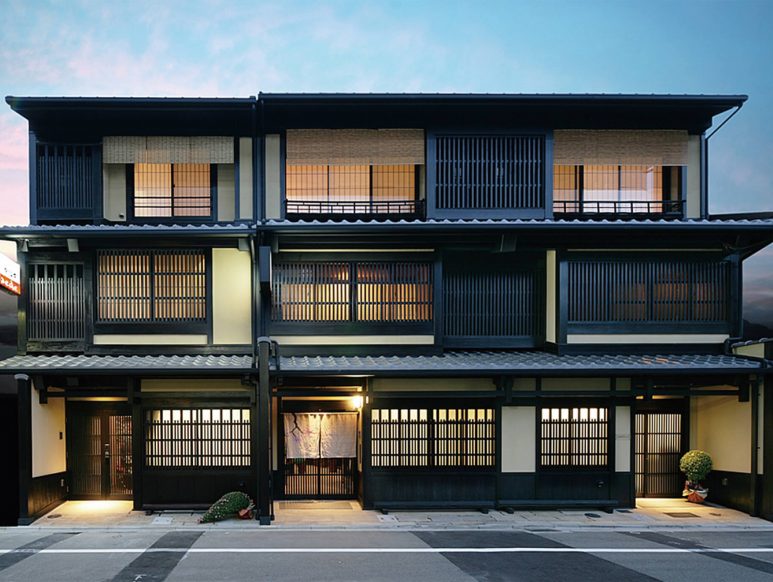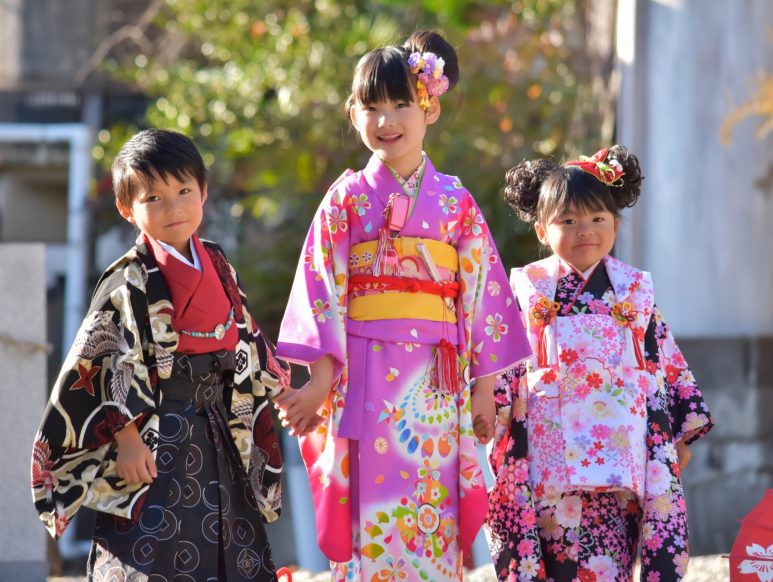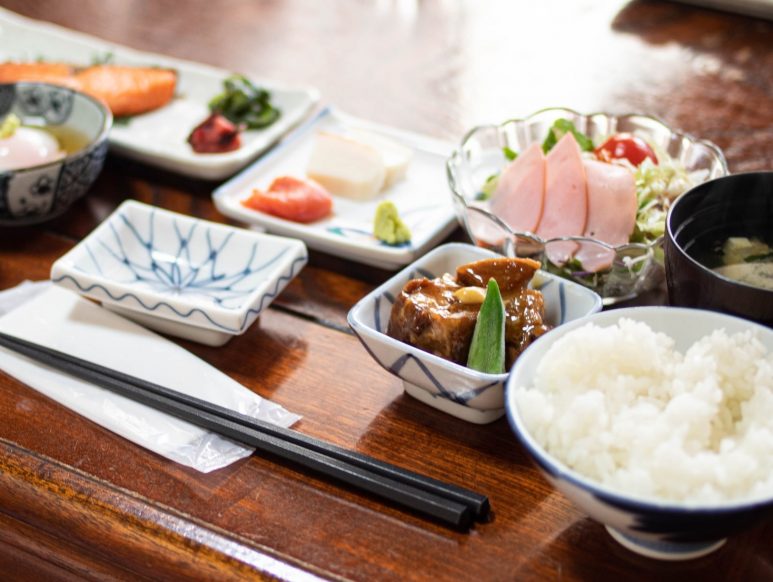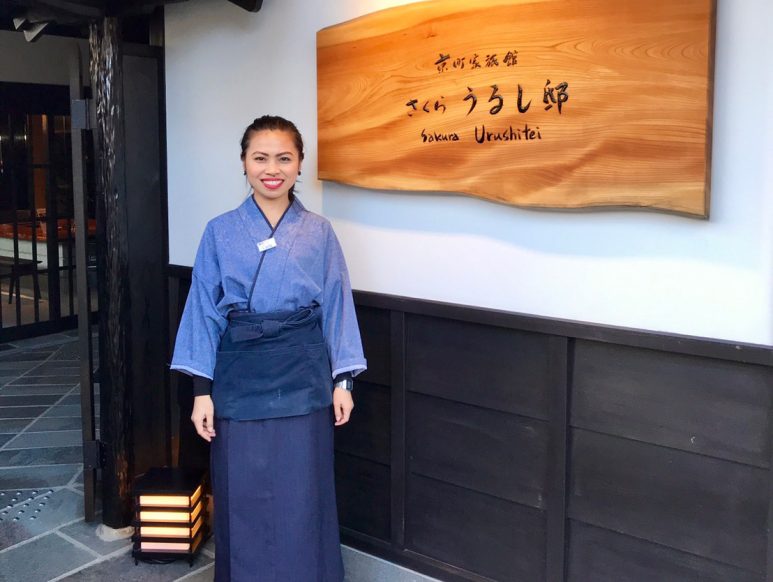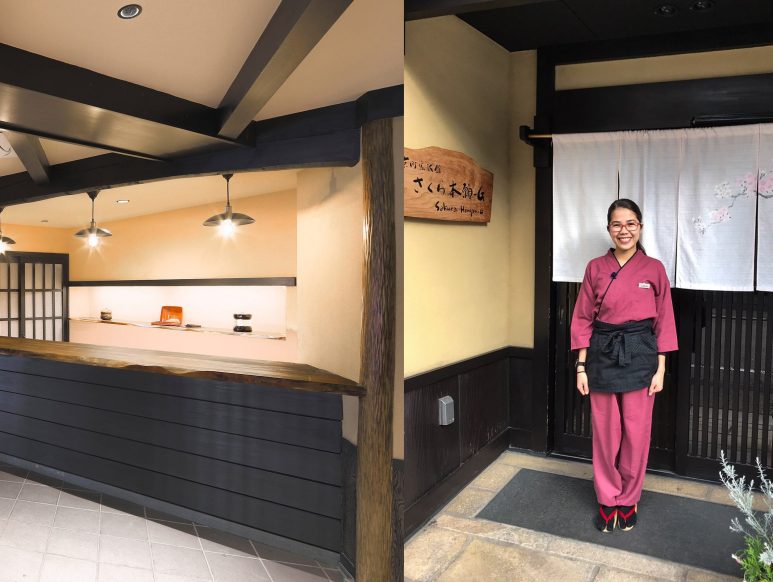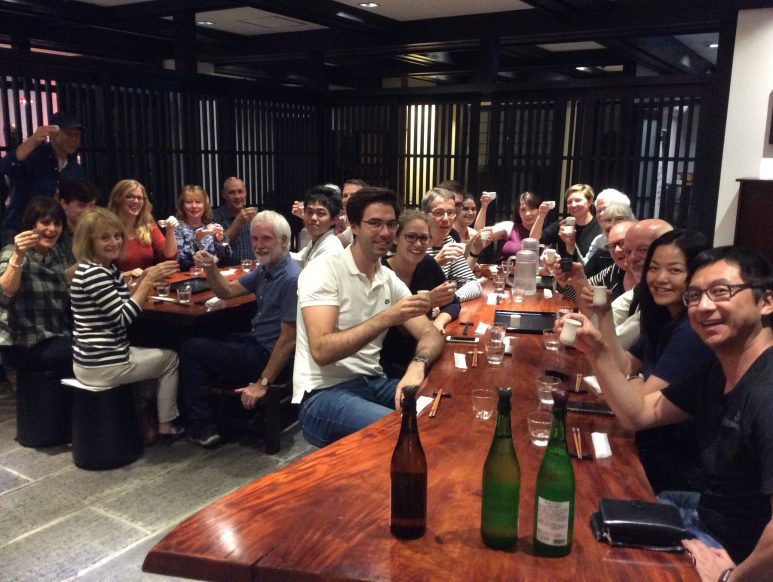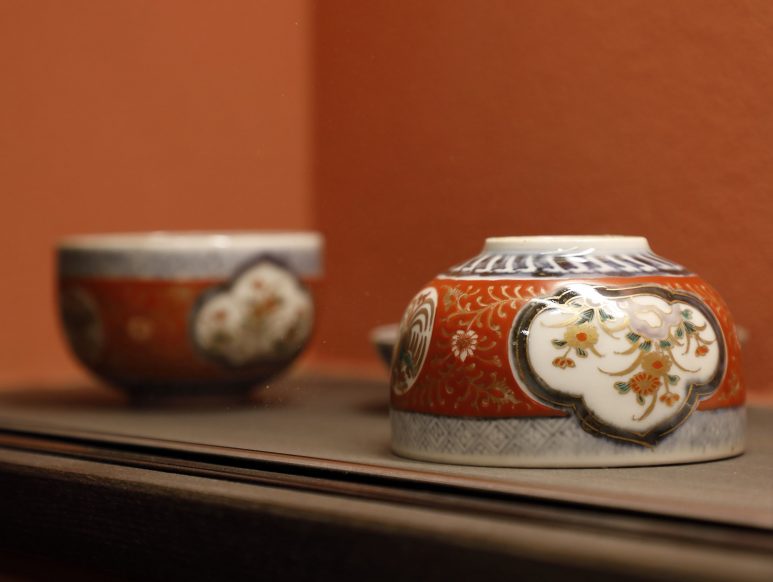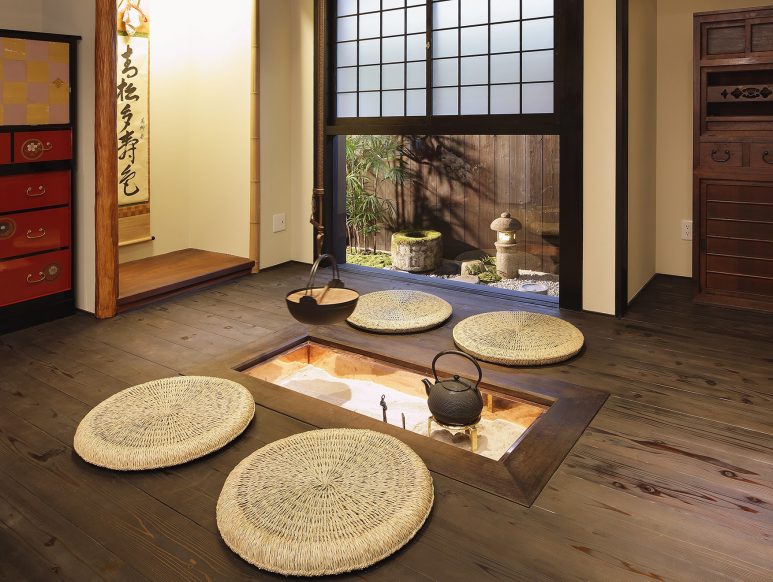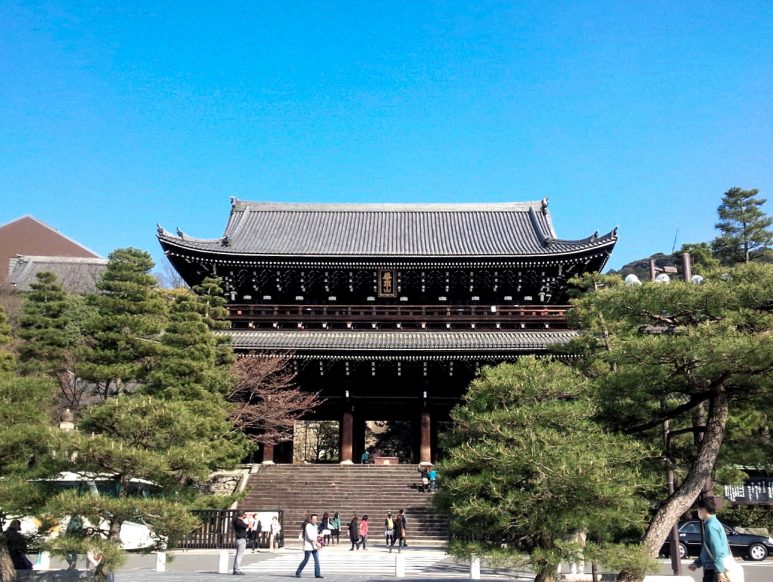Jan 31, 2020
- Kyoto
- Sakura Hongan-G
- Sakura Urushitei
Our 6 favorite Japanese Mochi recipes
In this article we decided to introduce you to one of the most influential Japanese treats. You can learn more about the most popular Japanese Mochi recipes as well as the origin of Mochi in Japan. Finally, we will show you some modern applications and where to find Mochi in Kyoto.
What is Mochi?
Mochi is a very popular rice cake in Japan. It is made from a unique type of glutinous rice called mochigome. The grains are round and sweet. When boiled or steamed, the rice grains stick together. Afterwards, the rice is mashed to form a paste which is shaped into buns the size of your palm. Mochi has a similar form called dango. It is made from sweet rice flour or mochiko. A soft and chewy dough is made which can be used to form small pieces to eat. Usually, both mochi and dango are white in color and they do not have any flavor of their own apart from the slight natural sweetness of the rice.
Where does Japanese Mochi come from?
Mochi originated in China. The sticky short-grain rice is a Chinese crop. In the beginning, red rice was used to make Mochi specifically for the royals. During the Japanese Heian period (794–1192), mochi was used as a “food for the gods” and in religious offerings in Shinto rituals performed by aristocrats. The creation of Mochi in Japan goes way back to a New Year tradition. A special ceremony known as mochitsuki was held to make mochi. Many people would gather to pound whole rice into dough manually. Today, this dough is called Mochi.
What are the traditional vs. Modern Cooking Methods in Japan?
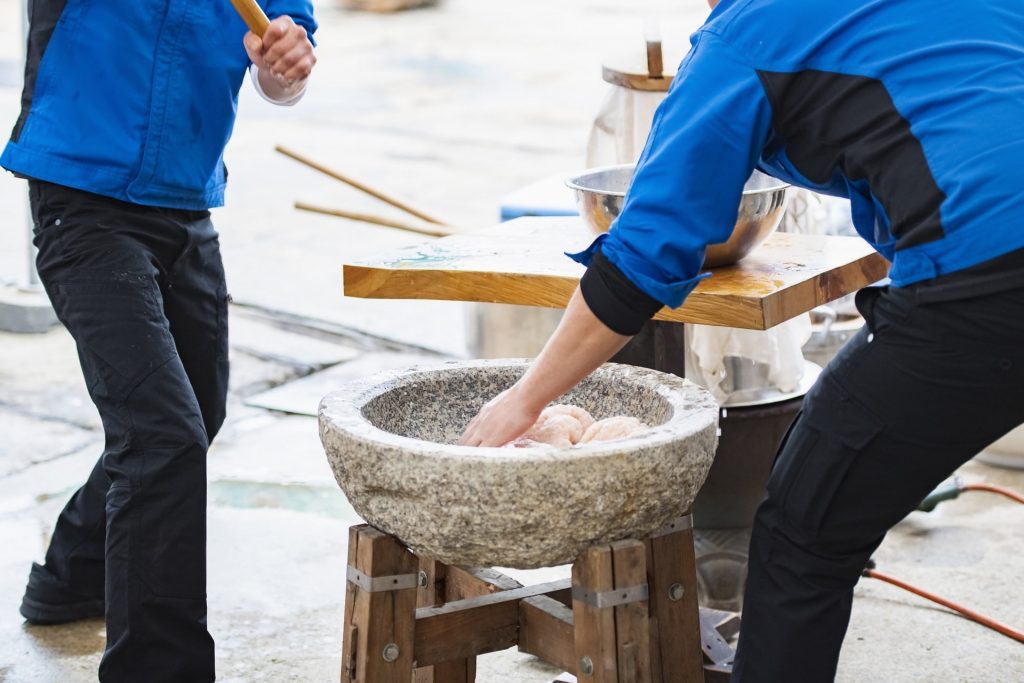
Traditionally, glutinous rice is soaked for one night. It is later steamed and mashed with the help of wooden mallets or kine in a mortar called usu. This process requires the efforts of two people. One person pounds the substance with a mallet. The second person keeps turning and wetting the Mochi so that it does not stick. The modern way of making Mochi involves the use of sweet rice flour called mochiko. It is mixed with water and cooked over heat or in the microwave until a sticky, white mass is formed. It has become much easier to make Mochi at home with modern appliances.
Mochi has gained popularity across the world. It is prepared in bulk with the help of assembly lines. The right consistency and size is easily obtained. Fillings of various flavors are added to appeal to a wider group of consumers.
What are the health benefits of Mochi?
Mochi has high protein content due to the short grain sticky rice as the main ingredient. A single serving contains about a 100 calories per 50 grams of Mochi. It is free from gluten, low in saturated fat and cholesterol. It is also a good source of Vitamins A, C, E (Alpha Tocopherol), and K, Niacin, Pantothenic Acid, and Phosphorus. Finally, Mochi is a very good source of Riboflavin, Folate, Calcium, Iron, Magnesium, Copper, and Manganese.
Historically, Mochi has been used by people for centuries as a quick snack. Farmers and samurai packed it along for longer work hours to increase stamina. It is often combined with seaweed, another ingredient with many health benefits.
What are the most popular Japanese Mochi recipes?
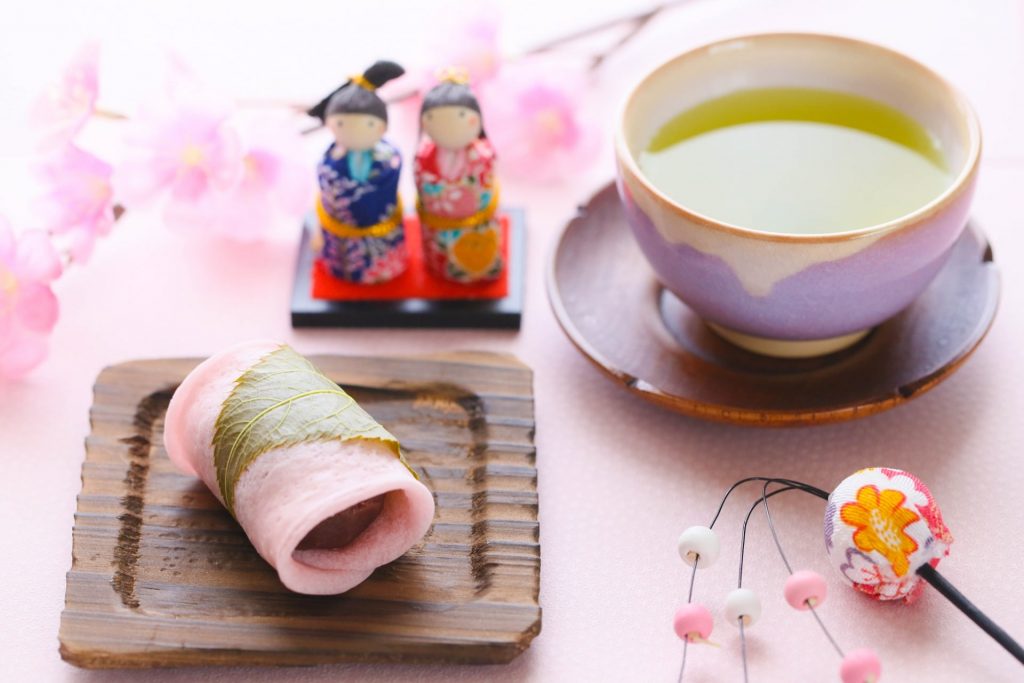
Mochi is a must to try food when visiting Japan. The most popular Japanese Mochi recipes can all be connected to seasons and holidays. During the New Year celebrations in Japan, rice cakes of both sweet and savory kind are hailed as a traditional food item.
- Kagami Mochi is one of the most popular dishes consumed over the New Year. It is served in the form of a decoration which is broken down into smaller pieces to eat. Another New Year dish is Zoni. It is a soup containing taro, carrot and honeywort vegetables along with Mochi. Kamaboko in red and white is also added.
- Kinako Mochi is especially made on New Year’s Day to signify luck. The pieces of Mochi are roasted over a flame, dipped in water and then covered with soy flour (kinako) and sugar.
- Cherry blossoms or Sakura bloom all over Japan in the spring. To celebrate the new season, Sakuramochi is made which is pink Mochi filled with sweet anko. The Mochi is then wrapped in a salted cherry leaf which is edible.
- Daifuku is a small Mochi in round shape filled with a sweet filling called anko. This filling is made from azuki red beans that have been made into a paste and sweetened for flavor.
- Kusamochi is made by adding yomogi, a Japanese mugwort plant to sticky rice. The final product is slightly green in color because of yomogi. It may include flecks of green indicating yomogi leaf.
- A savory version of the popular Mochi rice cakes is known as Isobeyaki Mochi. It is made by painting plain Mochi with sweet soy glaze and wrapping it up in crispy nori.
If you want to learn more about popular Japanese mochi recipes, we recommend you to take a visit to Kyoto. In the old capital you can find a ton of shops, supermarkets and restaurants serving you with all possible kinds of this amazing treat.
Modern applications of Mochi in Japan
Modern and trendy versions of mochi can be found all over social media nowadays. They convert sweet Mochi dough into sheets by pounding the dough. They are wrapped around balls of ice cream to get a new take on a classic Japanese dessert.
Mochi ice cream is also very popular. By adding an ice cream filling to the Mochi balls, a number of unique flavors can be enjoyed with both soft and sticky textures. Green Tea flavored Mochi ice cream and Red Bean Mochi ice cream are the most popular. If you’re craving a sweet treat, go with Mochi Ice Cream! It’s better for you than most desserts.
Small mochi balls are made with sweet pressed rice which is chopped to make ice cream topping. Mochi balls resemble the texture of marshmallows and become chewy when cold.
Where to find Mochi in Kyoto?
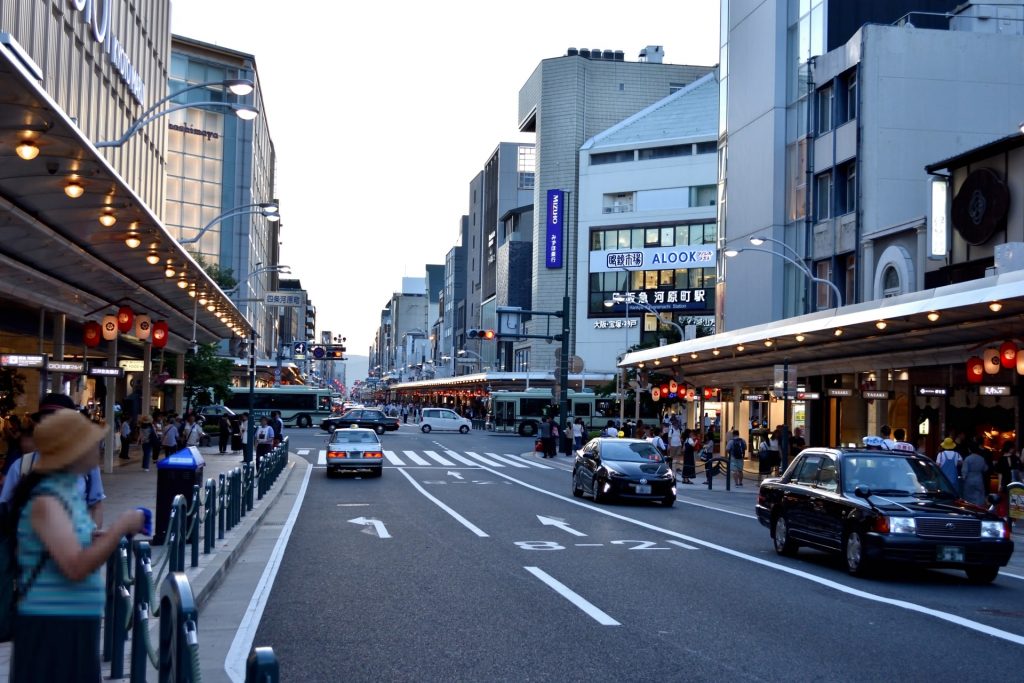
If you are looking for a place to try mochi in Kyoto we definitely recommend you to visit Demachi Futaba. The place has been established for more than 120 years and they make very traditional mochi with some seasonal specialties. For example, they have yuzi flavour mocha during summer time and large chestnut mochi with red paste in autumn. The signature piece is mamemochi with whole black soyabeans mocha stuffed with red bean pastes and it is not very sweet. The sticky rice is really soft with a good balance of sweetness and savoury, but you have to consume within the same day.
If you are looking for souvenirs, you can find many shops selling Mochi treat in the Shijo Kawaramachi area. It is a bustling retail area with department stores, boutiques, and old-fashioned shops selling kimonos and calligraphy sets.
Where to stay when visiting Kyoto?
Last tip: Don’t forget to look for your accommodation in time. Kyoto can get busy most of the year. We definitely recommend you to check out Kyomachiya Ryokan Sakura Urushitei, a traditional Ryokan Hotel. Can’t wait to see you and show you around in Kyoto.
See you soon!


